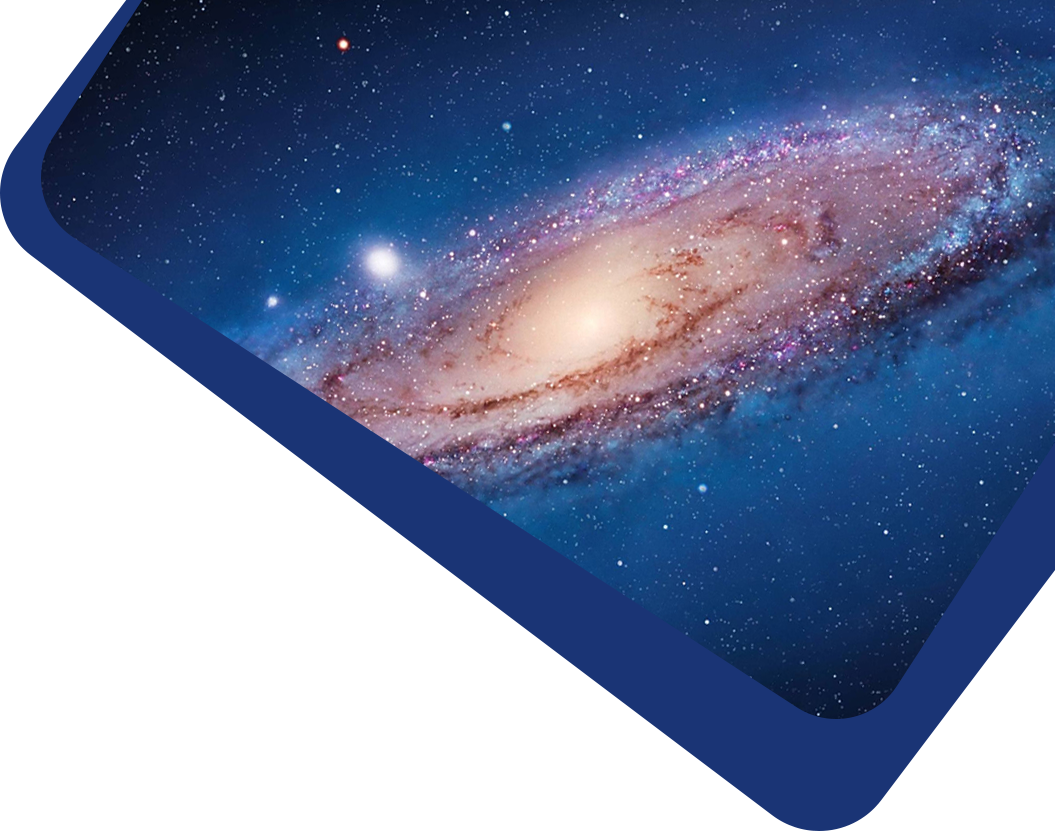Accurate modeling of the point spread function (PSF) is essential for scientific measurements derived from observations. This study aims to present the issues related to PSF modeling for the Chinese Space Station Survey Telescope (CSST) and then propose a practical approach for PSF reconstruction specific to CSST. We utilize PSFEx and ePSF to reconstruct the PSFs from simulated images of CSST’s PSFs and quantify the impact of image size and setups of the programs on PSF reconstruction by comparing the outputs with the ground truth. We also assessed the effect of the selection of stars on PSF reconstruction, such as unresolved binaries with varying binary fractions and separations in the same manner. Our analysis indicated that both PSFEx and ePSF programs tend to overestimate the radius and introduce biases in the ellipticity measurements of the PSFs, due to the undersampling of the CSST PSF. These biases remain consistent across different program setups and image sizes but can be corrected empirically. In addition, unresolved binaries have a significant influence on PSF modeling. However,our deep learning-based method can effectively identify suitable stars for PSF modeling to avoid this problem,achieving a classification accuracy of 89.1% and an AUC of 0.937. By integrating the source selection with empirical correction modules,the measured parameters of PSFs match the ground truth,as validated by Kolmogorov-Smirnov tests. This combined approach is expected to enhance the measurement of PSFs,leading to more accurate scientific results from CSST data.



